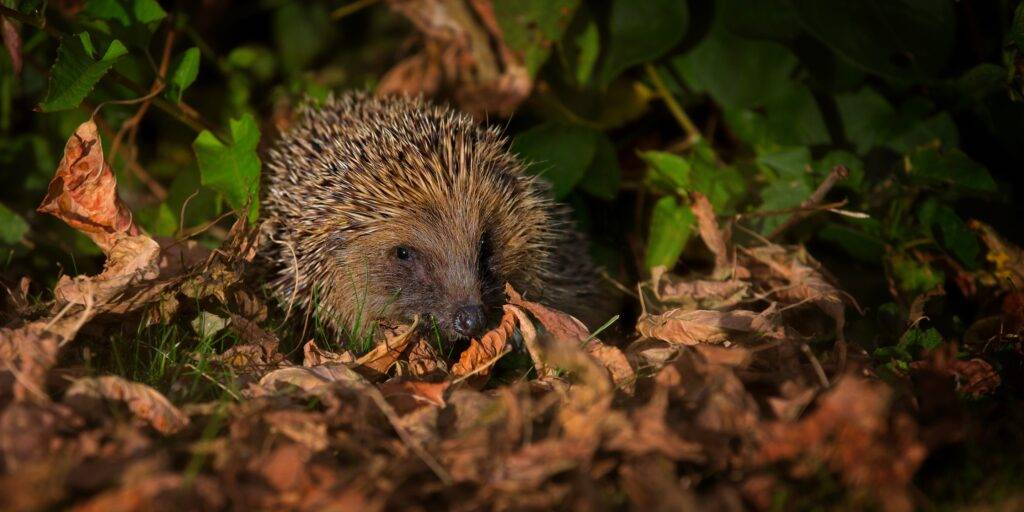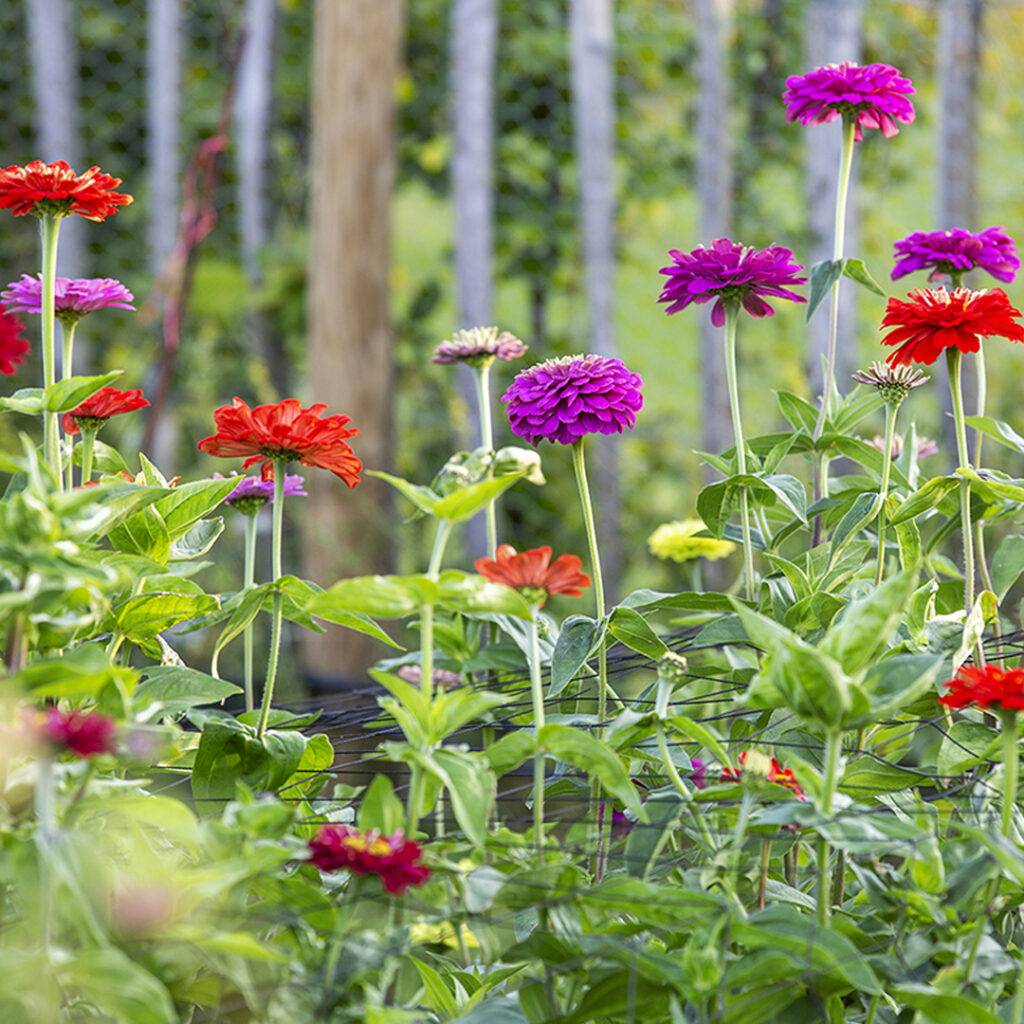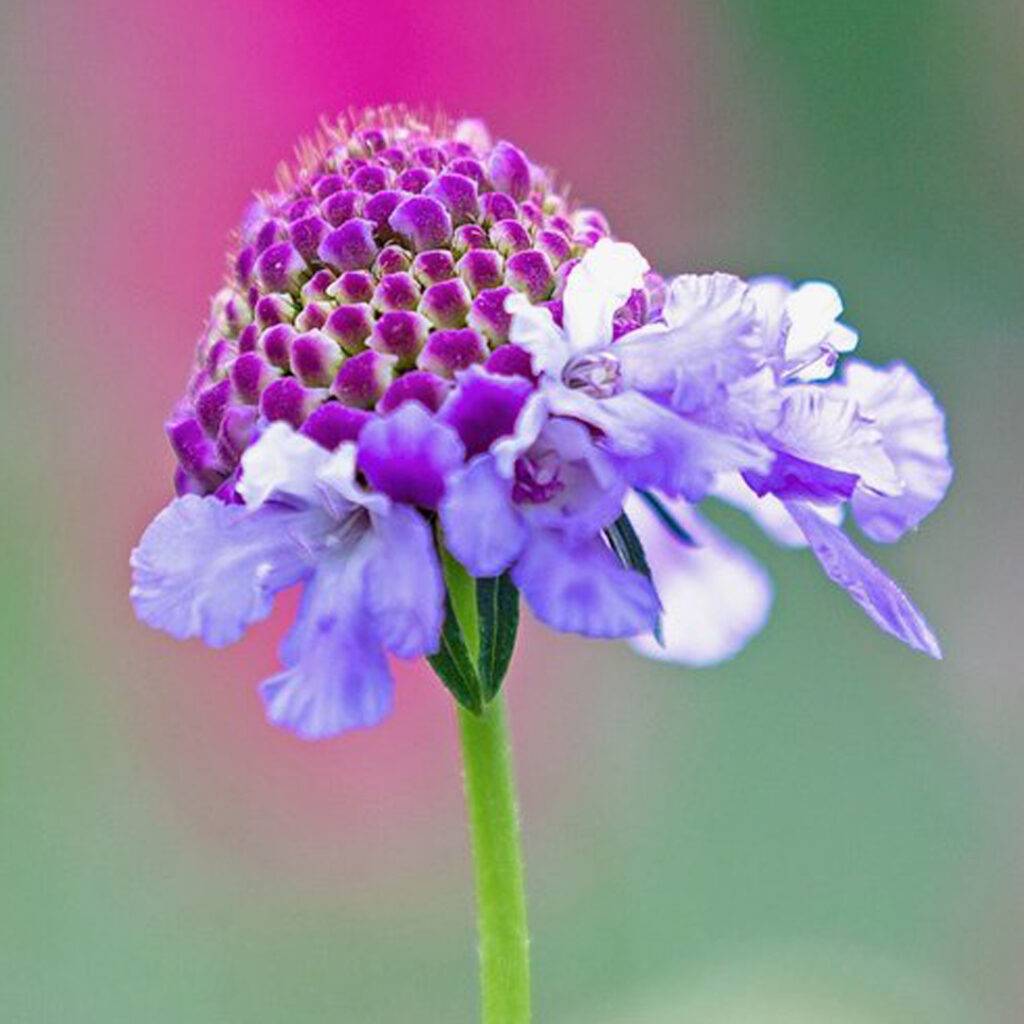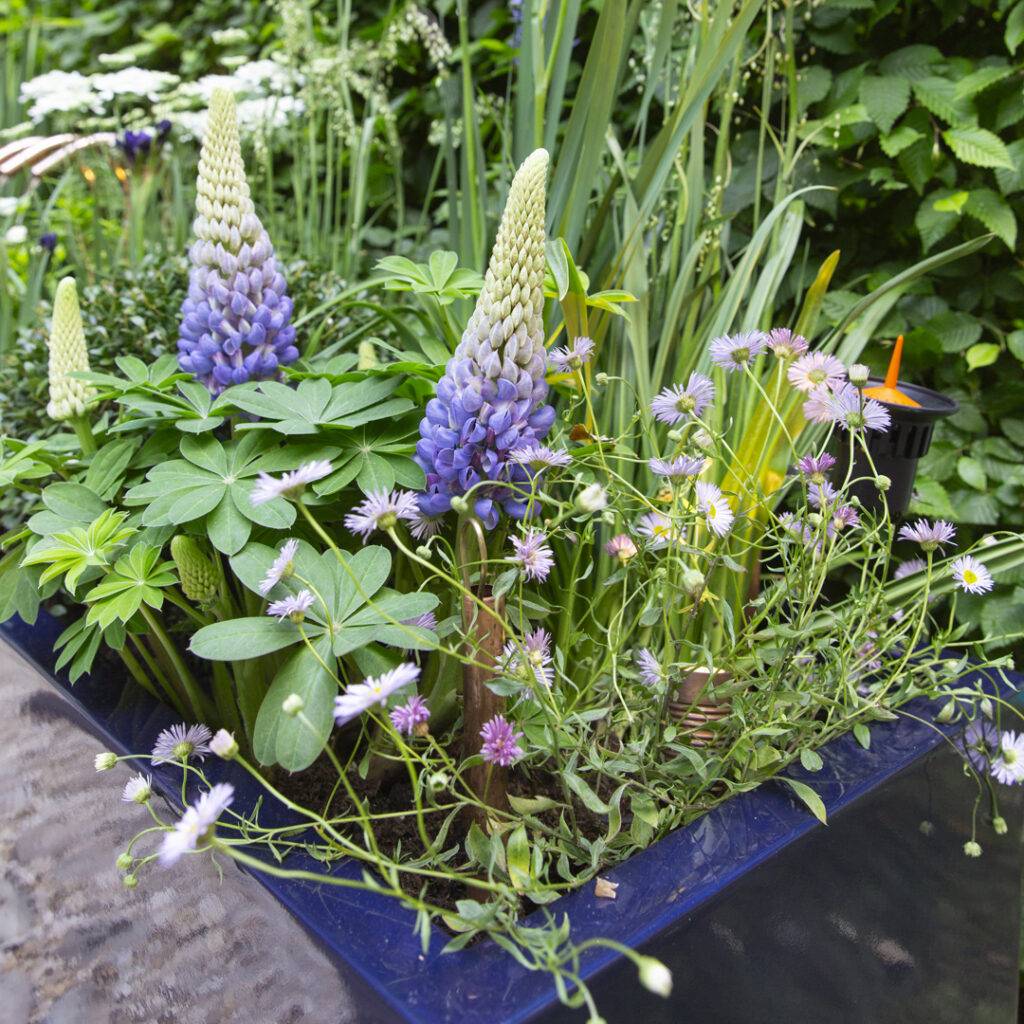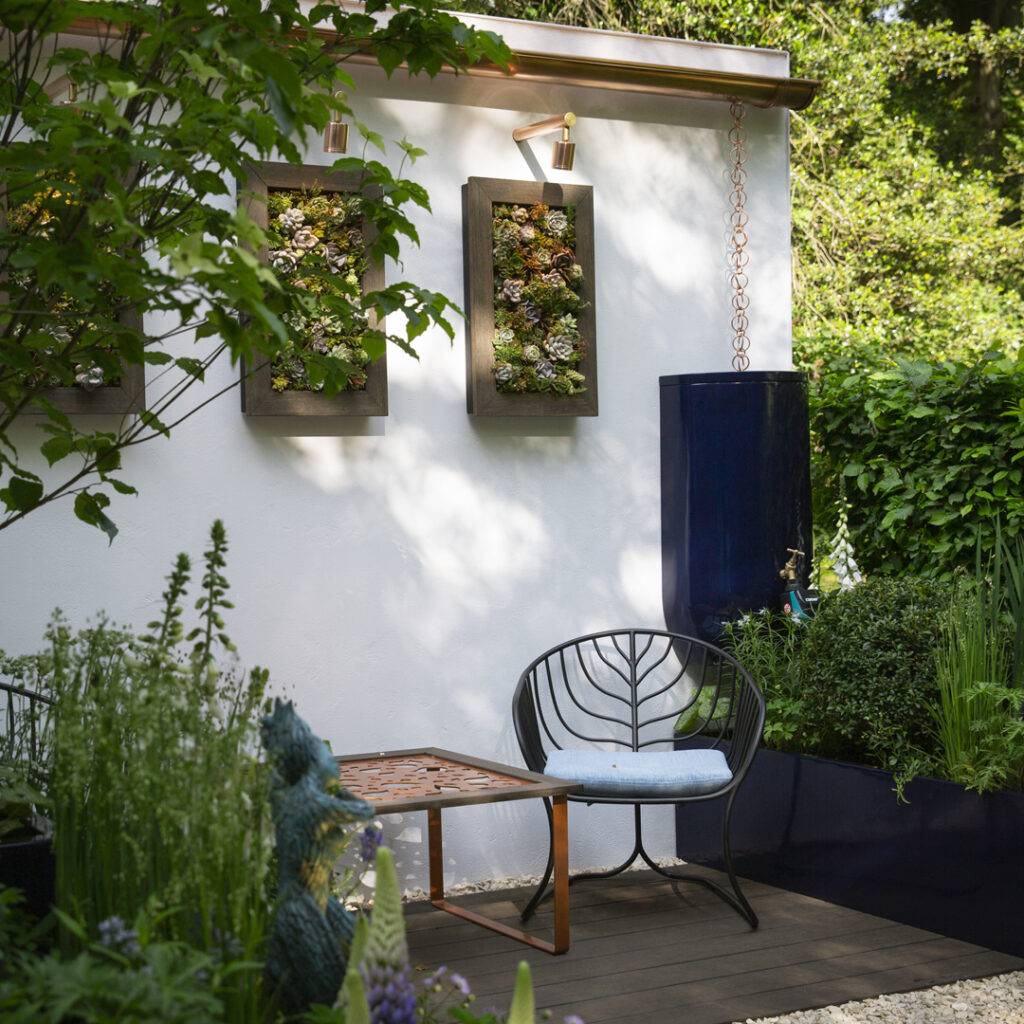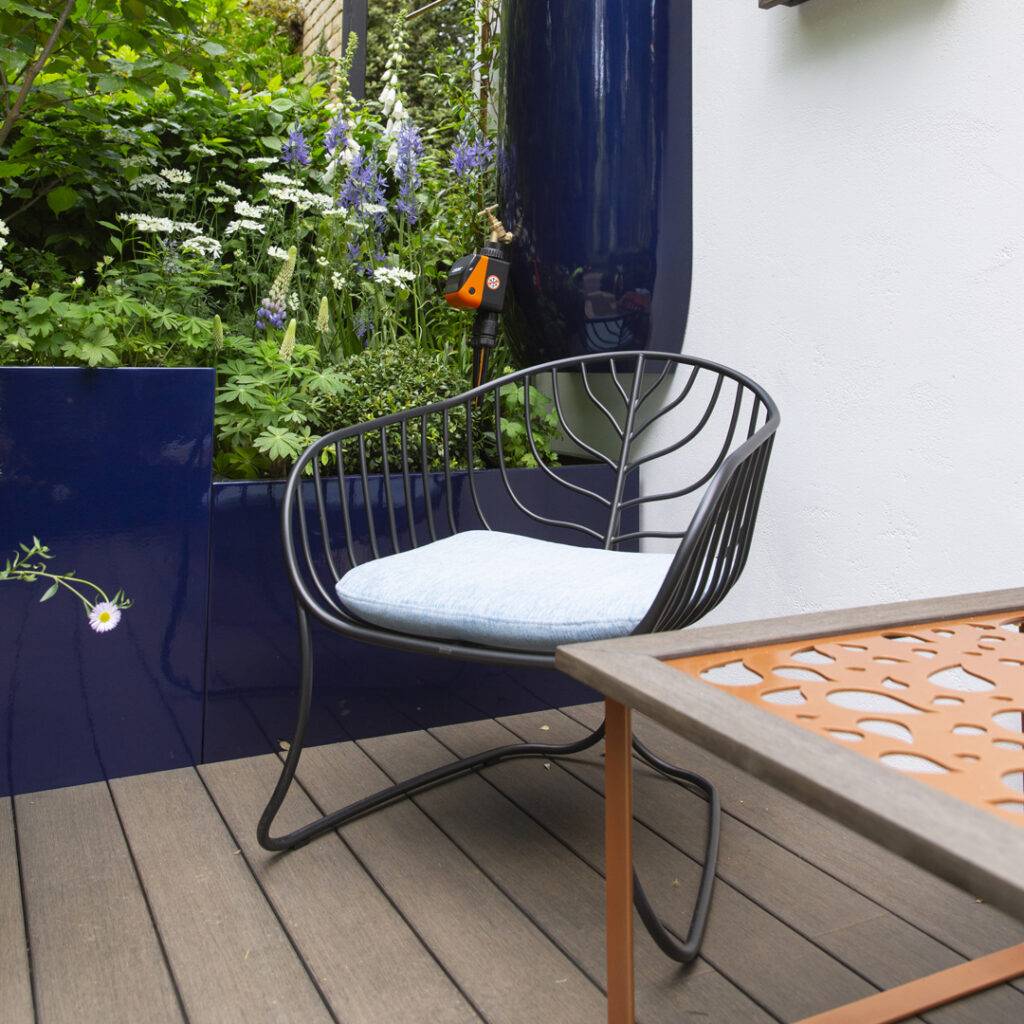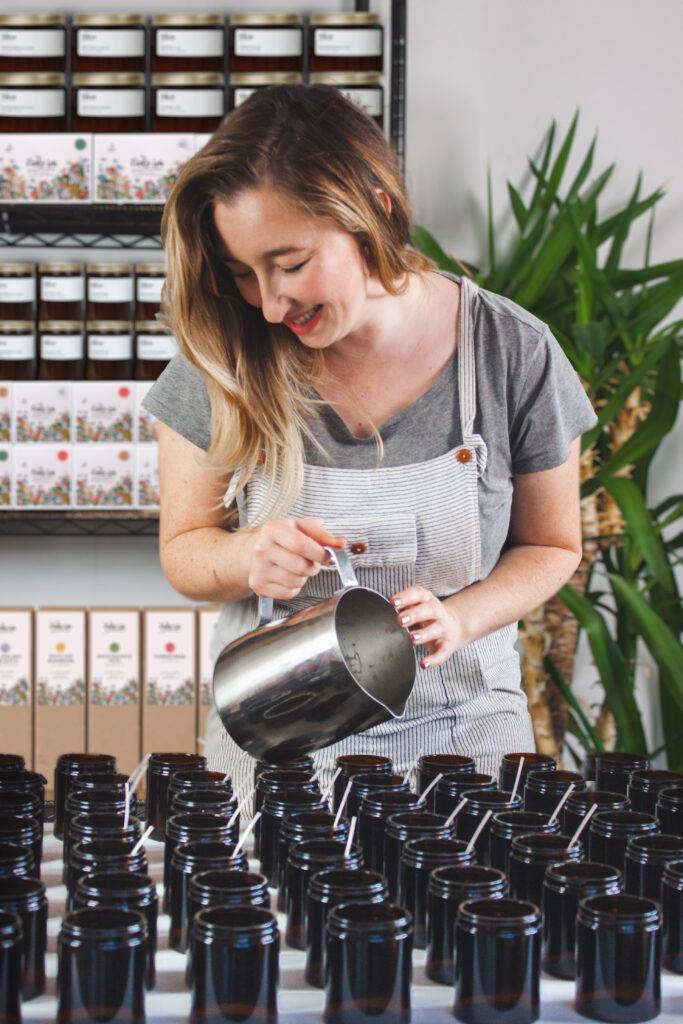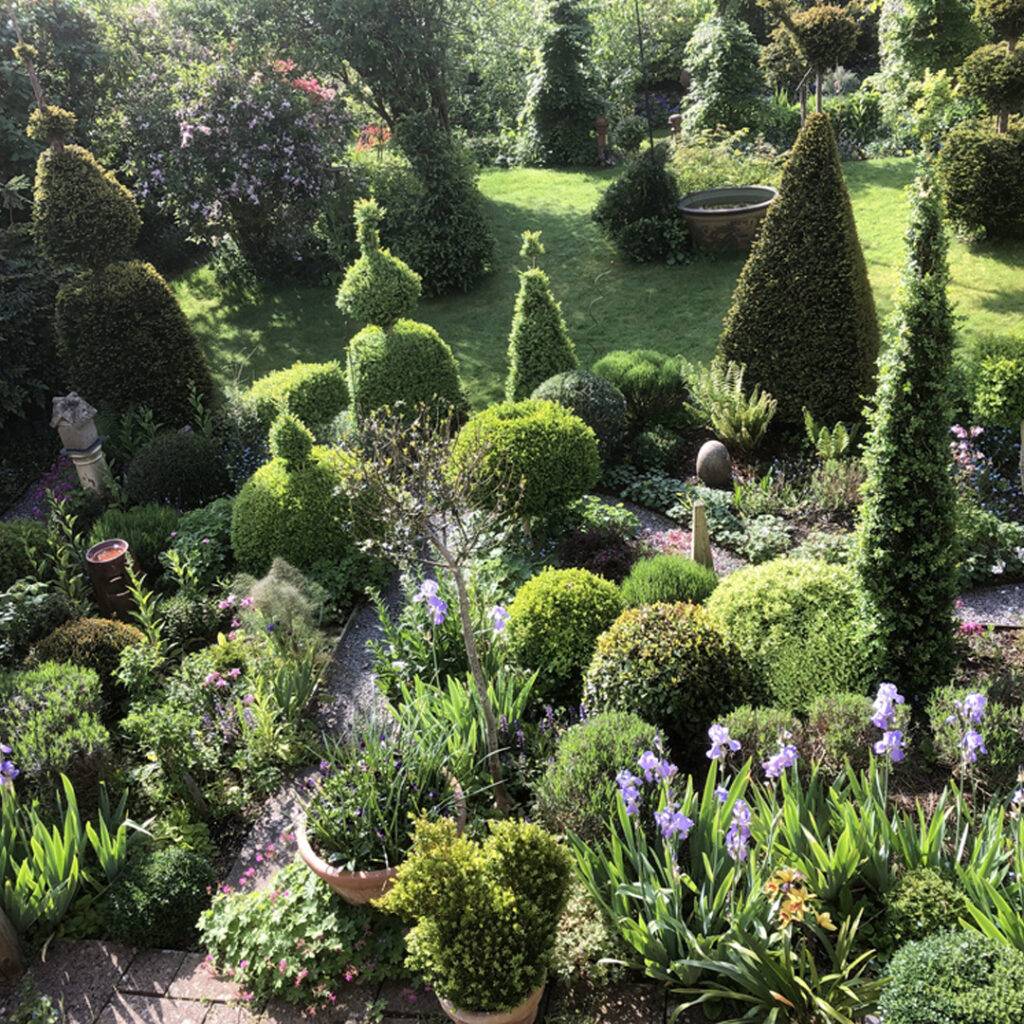Browse and shop at The Lovely Vintage and Antiques Fair this autumn and find heirlooms and treasures galore
With autumn creeping in, the new season brings with it new thrills. The Lovely Vintage and Antiques Fair opens its doors for the first time at the River & Rowing Museum on October 5th. As the name suggests this fair is set to have a carefully curated collection of gorgeous vintage and antique wares from expert dealers around the country.
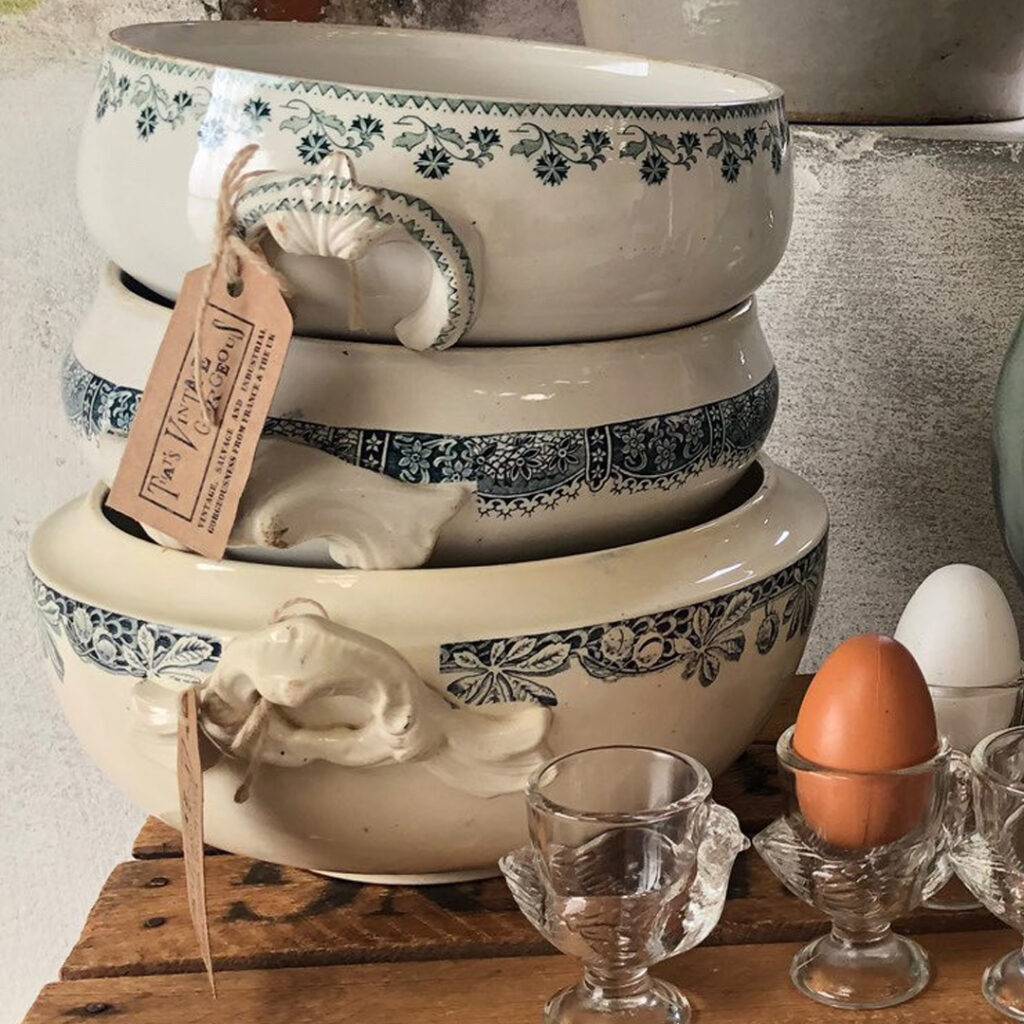
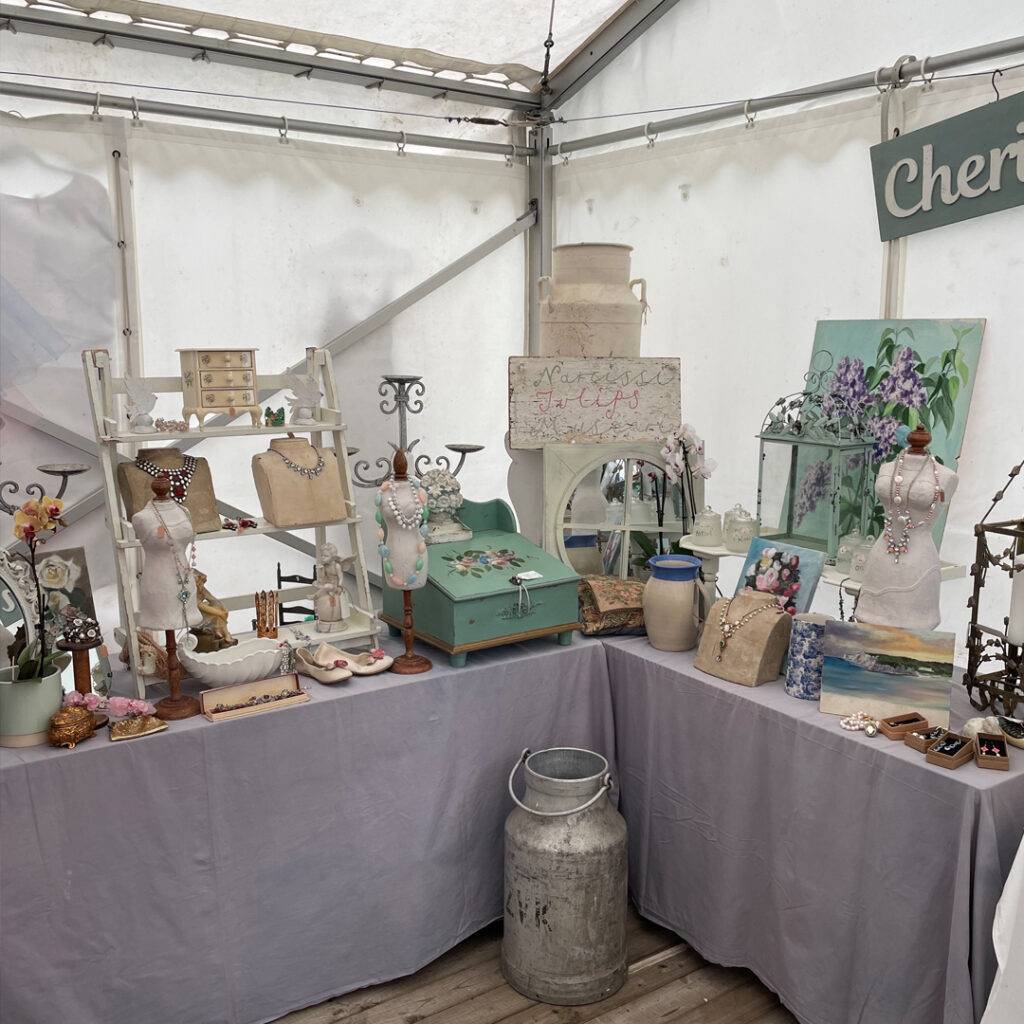
The stunning Thames Room with its floor to ceiling windows has stunning views of the River and Mill Meadows and makes the perfect backdrop for you to browse and be inspired by sustainable shopping particularly with Christmas around the corner.
Expect all sorts from our 20 dealers taking part with selection of art, ceramics, textiles, clothing, jewellery, household items, curiosities and ephemera and much more. Every era is covered From Regency to mid-century. There is a splash of brocante and a dash of rustic. Everything will of course be lovely!
Hosted by local vintage dealer Joanna Dickinson of Henley who during the pandemic supported the vintage community with social media marketing when all fairs and markets were forced to close. It was during this time that many dealers banded together on Instagram and took to virtual selling which was a huge hit!
Once life settled back down, Jo realised being a vintage dealer was a natural progression and opened an Etsy store called Jojo Jam Jar Vintage. The community have remained firm friends since and are always kind and helpful to each other.
Jo says: “All my friends who do the fairs up and down the country have the most stunning wares for sales. It seemed unfair to keep these treasures all to myself. I’m delighted to show off the best vintage with our town.
“The River and Rowing Museum is the perfect venue with its architecture and facilities. To avoid disappointment, arrive early as things do sell out quickly. Nothing is as unique and special as a treasured heirloom and the thrill of finding an old piece and giving it a new forever home really is lovely!”
The Fair is open 10am to 4pm. The museum has parking on site and nearby and you can walk into Henley in a matter of minutes. There also is a large café with indoor and outdoor seating. A newly constructed play park was installed in the summer to help lively kids burn off some energy if you need to entertain little ones.














